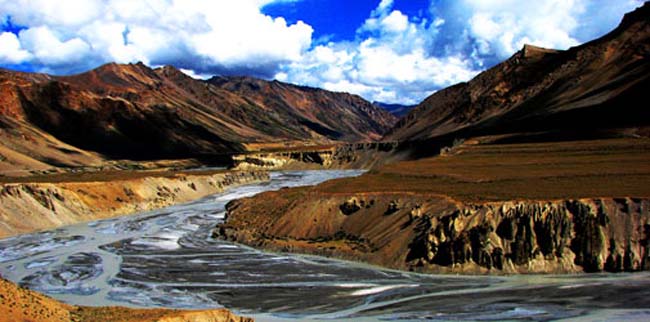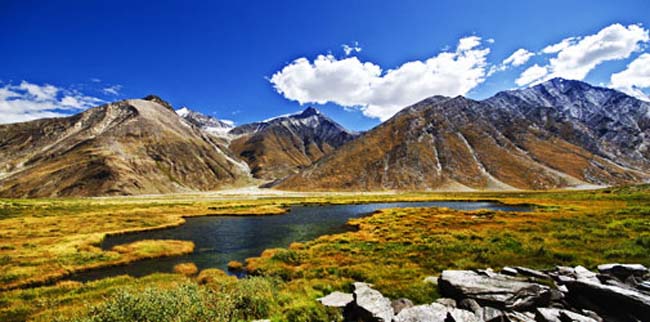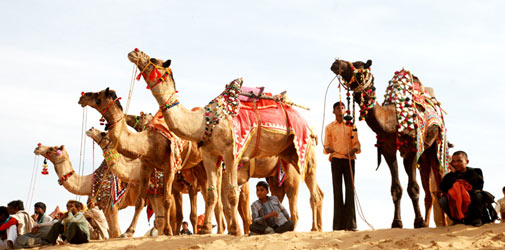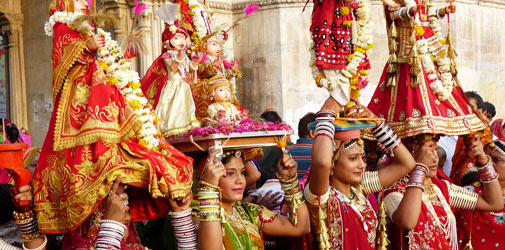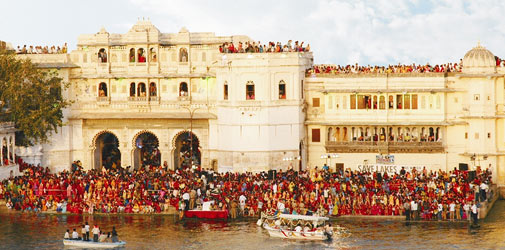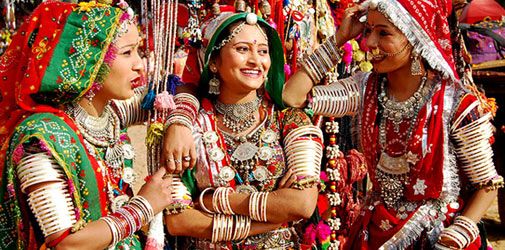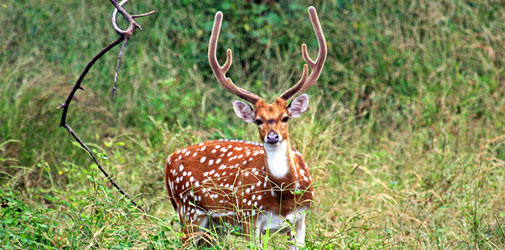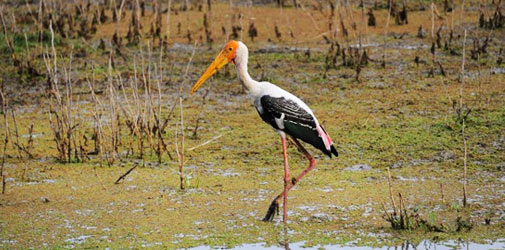Valleys Of Ladakh
Drass Valley
A charming valley buzzing with human life centered on the Drass River, Dras Valley has a short summer season. Dras River originates in the Machoi Glacier, situated near the so-famous Zozila Pass (the gateway to Himalayas) and is joined by many other rivers and streams along its course. This pristine valley is inhabited by Brokpa tribe who are believed to be the original residents of Ladakh. These tribesmen still live according to their ancient traditions and attract various cultural tourists.
Nubra Valley
This picturesque valley is placed in the warmer region of Ladakh. Fruits and better crops grow here making it ‘Ldumra’ or ‘the orchard’ of Ladakh. Beautiful to the core, the sprawling valley turns multihued during early summer when numerous wild pink and yellow roses blossom in the Valley, whereas with the onset of August, the valley gets covered under wild lavenders. The 350-year old Diskit Gompa is another wonderful place to visit in the valley.
Suru Valley
This charming valley is situated at a height of about 3000 meters above sea level. The valley goes through very harsh winters with frequent and heavy snowfall from mid-November through May. It remains enwrapped in the thick layers of snow during this time. Suru River, rising from the Panzella Glacier, flows through it and gives fertility to this valley. The valley maintains its green luster throughout the summer. This makes it quite pleasing for one’s eyes.
Rangdum Valley
Salt Lake Valley
The valley is named so because of its two lakes – the smaller fresh water lake is known as Panluk Lake while the larger salt-water lake, which is five times larger, is known as Tsokar Lake. This unique valley is located 5000 meters above sea level and is one of the widest open areas of the Rupshu region. This valley is pretty small. It measures around 20 km in length and 7 km in breadth. One can reach the valley from Leh by passing through Tanglang La pass. The main settlement area of the valley is known as Thuggi. There are impure salt deposits found in the north of the salt-water Tsokar Lake. The inhabitants of the region, known as Changpas, collect these deposits and barter them with goods from other regions of Ladakh.
Shyok Valley
This enchanting valley gets its name from the gushing Shyok River, which flows through it. When translated into English, Shyok stands for the ‘river of death’. It was probably named so by the Central Asian merchants who ventured through this route in the ancient times and perished or barely survived. The river rises from the Khumdang glacier, while Nubra and Chang Chenmo Rivers join it in its course. In winters, the river freezes to form an ice path between Khaplu and Nubra valleys, though in summers, the snow melts and often overflows its banks, flooding the vast areas of the surroundings and creating a vast marsh, most of the times.
